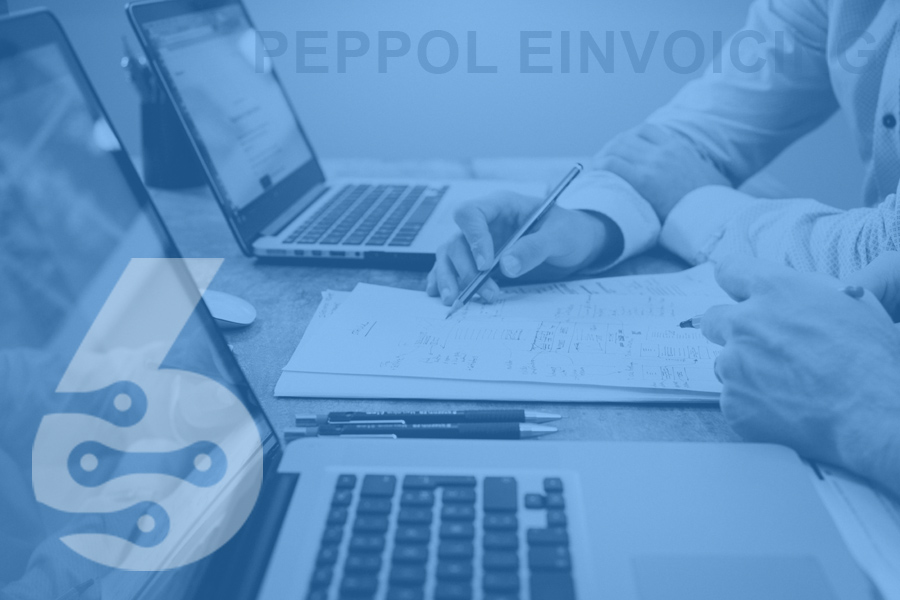- ERP Systems
- 21.11.2022
ERP Pricing Models
Which ERP Pricing Model is right for your business?
Dr. Andreas Maier
21.11.2022
“ Not all process-integration problems are technical and not all about IT. Integrating computer systems is not the same as integrating the business. “
Regarding enterprise resource planning (ERP) pricing models, there are three main options: subscription, perpetual, and usage-based. Subscription ERP models typically pay a monthly or annual fee, while perpetual ERPs require an upfront payment followed by periodic maintenance fees. On the other hand, usage-based ERPs bill customers based on actual usage. While each model has its advantages and disadvantages, subscription models are becoming increasingly popular due to their flexibility and affordability. With a usage-based model, businesses only pay for what they use, which can save money in the long run. In addition, subscription models make it easy to scale up or down as needed without making a significant upfront investment.
Implementation fees
Implementation fees are charges assessed by a company to cover the costs of implementing a new system or service. Depending on the project's complexity, these fees can range from a few hundred to several thousand dollars. Often, these charges are passed on to the customer as a surcharge on their bill. In some cases, implementation fees may be included in the price of a product or service. However, checking with the company in advance is essential to see if these charges will apply. Implementation fees can add up quickly, so it is important to factor them into any budgeting decisions. Failure to do so could result in unexpected expenses. As such, it is always best to consult a company representative before making final decisions.
The three most common ERP pricing models
For businesses looking to invest in enterprise resource planning (ERP) software, there are several pricing models to choose from. The three most common models are subscription-based, license-based, and cloud-based. Subscription-based ERP systems are typically paid for on a monthly or annual basis. Software generally offers this pricing model as a Service (SaaS) provider. License-based ERP systems are purchased outright and installed on the buyer's servers. On-premises software vendors typically offer this type of pricing model. Cloud-based ERP systems are delivered via the cloud and may be provided on a subscription or pay-as-you-go basis. This pricing model is becoming increasingly popular as more businesses move to the cloud. When choosing an ERP system, it is vital to consider the pricing model that best fits your business needs.
Designed for People, Powered by Innovation.
How to determine which ERP pricing model is right for your business
There is no one-size-fits-all answer when it comes to ERP pricing models. The right model for your business will depend on several factors, including the size of your business, your industry, and your specific needs. For example, a small business in the retail sector will have different needs than a large manufacturing company. Considering all of these factors carefully before choosing an ERP pricing model is important.
One of the most common ERP pricing models is the subscription-based model. This model allows businesses to pay a monthly or annual fee for access to the software. This can be a good option for companies with no large upfront budget for software costs. Another common option is the pay-as-you-go model, which allows companies to only pay for the features and functions they use. This can be a good option for companies that want to scale their software usage as their needs change. Ultimately, there is no right or wrong answer regarding ERP pricing models. The best way to determine which model is suitable for your business is to consult an experienced ERP consultant who can help you assess your specific needs.
Pros and cons of each ERP pricing model
Enterprise resource planning (ERP) pricing models are either subscription-based or license-based. Each option has pros and cons that businesses should consider before making a decision.
Subscription-based ERP models are typically more affordable in the short term since there is no significant upfront cost. However, this type of pricing can become more expensive over time since businesses are charged a recurring fee for access to the software. In addition, subscription-based ERP models may not include all of the features that companies need, forcing them to purchase additional licenses or add-ons.
License-based ERP models require a more considerable upfront investment, but they offer a lower total cost of ownership over time. This is because businesses only need to pay for the software once and then can continue using it indefinitely. In addition, license-based ERP models typically include all of the features that businesses need, so they will not have to purchase additional licenses or add-ons. However, this type of pricing can be prohibitive for small businesses or startups that may not have the upfront capital to invest.
When choosing an ERP pricing model, businesses should carefully consider their budget and long-term needs to make sure they select the right option.
Factors to consider when choosing an ERP pricing model
ERP systems are a significant investment, and one of the most important decisions you'll make is choosing the right pricing model. There are four main ERP pricing models: subscription, cloud, perpetual license, and on-premise. Each has its benefits and drawbacks, so choosing the best fit for your organization's needs is essential.
The subscription model is often the most affordable option for small businesses. You pay a monthly or yearly fee for access to the software, and you're always using the latest version. The downside is that you don't own the software, so if you stop paying, you lose access. The cloud model is similar to a subscription, but you host the software off-site. This can be more expensive than a subscription, but it can also be more scalable and flexible.
The perpetual license model is popular with large organizations. You buy the software outright and own it forever. The advantage is that you don't have to keep paying after the initial purchase. However, the downside is that you have to pay for upgrades separately, and you might not be able to keep up with the latest version. On-premise ERP is similar to a perpetual license, but you host the software on your servers instead of buying it outright. This can be more expensive upfront but also give you more control over security and customization.
Choosing an ERP pricing model is a complex decision. There are many factors to consider, including cost, scalability, flexibility, and ownership. The right choice depends on your organization's specific needs. Talk to an expert to learn more about each option and find the best fit for your business.
Tips for negotiating an ERP price
The enterprise resource planning (ERP) software price tag can be pretty hefty. However, there are a few things you can do to try to negotiate a lower price for the software. First, it's essential to research and know exactly what you want and need from the software. Then, you can create a competitive proposal outlining your budget and what you're willing to pay. It would help if you also were prepared to negotiate on other aspects of the deal, such as implementation timelines and support options. Finally, don't be afraid to withdraw from the agreement if the vendor is unwilling to budge on price. With a little bit of preparation, you may be able to get the ERP system you need at a price that fits your budget.
Conclusion
ERP systems are a significant investment for any business, so it's essential to carefully consider all your options before settling on a pricing model. There are other license models available for SIX ERP, as we believe there should be no significant functionality or user-based hurdles for companies. We hope this article has given you a better understanding of the three most common ERP pricing models and what factors you should consider when choosing one for your business. Remember, the price is just one part of the equation – be sure also to consider functionality, scalability, and support when making your decision. Have questions or need help negotiating an ERP price? Our team of experts can assist you throughout the entire process.
About the author
Andreas Maier is a results-driven CEO with nearly 30 years of experience in ERP, digital transformation, and IT consulting. He has held leadership positions in Fortune 100 companies such as rentalcars.com (PCLN) and Intrasoft International, a leading EU-based R&D software vendor. With a Ph.D. in Neural Networks from the University of Cologne, Andreas combines deep technical expertise with a strategic approach to business process optimization.
As the founder and co-founder of multiple successful startups, including XXL Cloud Inc., eShopLeasing Ltd, and WDS Consulting SA, his expertise lies in ERP consulting, IT strategy, and process automation. His work is focused on helping businesses implement scalable ERP solutions, streamline operations, and drive digital transformation.
Related articles

Guide to PEPPOL e-Invoicing
PEPPOL is more than an e-invoicing standard: it is a way to streamline global trade. Its adoption enables companies, large and small, to navigate the complexities of international transactions with...
ERP Acquisition: How to Prepare an RFQ to Buy the Right ERP Solution
When your business grows, and you realize that you need an ERP solution, the next step is to start thinking about acquiring it. One of the first steps in this...



